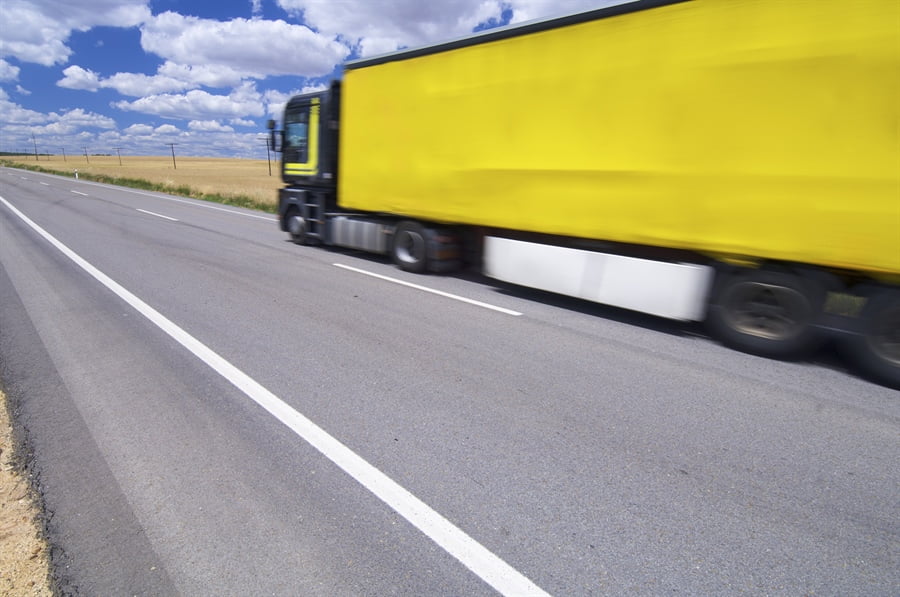Published July 6, 2017
The effect of digital disruptions on the supply chain is an important topic for many shippers and service providers. Tompkins International led a “sold-out” workshop at Eye for Transport (EFT) in June discussing the impacts of driverless vehicles and platooning on the supply chain with the leading minds in logistics. The workshop covered three main areas of the potential impacts driverless vehicles could have on transportation: final delivery, long-haul, and mode selection including TL, LTL, rail, and air.
The group’s concern regarding the welfare and future job security of the truck driver was top of mind. Discussions centered on increasing the skill levels of truck drivers, in order to receive a higher level of pay. Additional skill levels would include drivers’ ability to assist with fleet management, software, and the management of driverless vehicle automation. The focus of the changes in services would include how truck drivers can get a greater work/life balance, which would positively impact the driver shortage and turnover that plagues the industry.
For long haul trucking, cost reduction benefits would be realized in fuel economy up to 10%-30%. Initially cost savings were viewed as minimal and would most likely increase in the long term. Leveraging the increased hours of service the driver is available and insurance rebates from reduced accidents were viewed as additional cost savings. The greatest gains were believed to be in LTL shipments, lowering these costs and perhaps cannibalizing the TL market. The teams saw LTL companies as being early adaptors of the technology.
Some disadvantages with driverless trucks were believed to be the security of the goods being shipped and the disruption to the truck driver job market.
For final delivery, there was discussion that some companies may want to in-source the service as the result of the lack of labor issues, in particular unions. New forms of creating a lasting impression with customers at the time of delivery will need to be replaced as there will no longer be the driver interaction. In addition, for night deliveries, the driver provides additional services, such as unloading and stocking product. Brands would need to rely on packaging to preserve the positive impacts and brand recognition. To offset the lack of a driver, new companies could emerge taking on the responsibility of unloading driverless vehicles and stocking or distributing product.
The team thought the biggest initial impact of this technology would be on final mile consumer goods deliveries. It could be envisioned that carriers would have a pool of driverless vehicles. For the long term, cities of the future will embrace final mile deliveries in their urban planning, making it easy for all companies to implement. The retail model is also expected to reduce the footprint; becoming only the size needed for inventory what will be sold within the next two to three hours.
Conversations regarding the rate of change in technology and how these digital disruptions are affecting the supply chain are important to an organization. Most participants believed the impacts would take place within the next five years. Companies entering the transportation space including Uber and Google are atypical competitors. The culture is of innovation and entrepreneurship. The transportation industry is a target market for disruption.
More Resources



